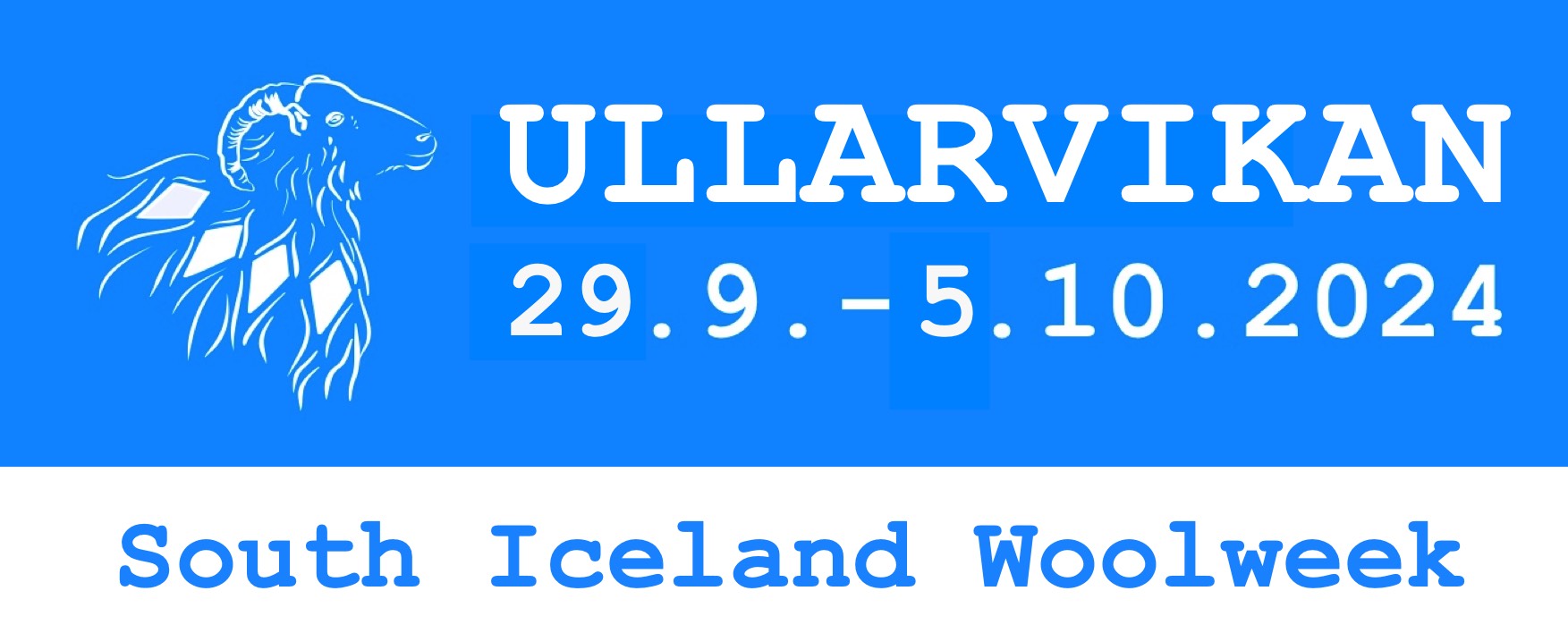The Icelandic wool
Why is the Icelandic wool unique?
The quality and utility of Icelandic wool is great. We therefore emphasize the ethical and sustainable production of wool products, local processing, traceability, a longer useful life of clothing and possible recycling.
Every year the sheep grows a new fleece, the wool is therefore a renewable resource. Icelandic sheep have to remove the fleece – we make use of wool that is produced in a natural way.
Icelandic wool is washed, dyed, combed and spun in this country, unlike most Nordic wool which is washed in the UK. Often, wool is transported around the world for polluting processing and even plastics are added to it, which then come off in the wash (Super Wash band). The carbon footprint of Icelandic wool is therefore small compared to most other textile materials. Although it is best to wash wool as rarely as possible, it has the advantage over many other textile materials that no unwanted or polluting substances are released during washing.
Wool is a natural material, part of the carbon cycle and thus binds CO2. Organic carbon compounds are approx. 50% of the weight.
Wool is a premium material for both shelter garments and arts and crafts. Wool is also one of the best alternatives for insulation and is a fire-retardant material, so it is suitable for human dwellings. Wool is easy to recycle and easy to dispose of as it is completely biodegradable.
Wool producers are constantly striving to improve the treatment and utilization of the wool, the aim is to make the wool industry sustainable for the future.
In the past, the sheep were shorn in the summer. Now they are usually shorn during house-hunting while the wool is clean, then again in the spring. The autumn fleece is 2-3 kg.
The thel hairs are the finest and shortest hairs (5-10 cm) of the fleece, they are on the inside of the fleece and form a so-called thel foot. (spinning count of 64-70 and a micron count of 19-22). In the Icelandic wool, about 88% of all the hairs in the fleece are thel hair, but because of how short and fine they are, they only weigh about 50% of the weight of the fleece. In terms of fineness, Icelandic thel hair is comparable to merino wool, but there is a difference in quality and length.
The hairs in the Icelandic wool are quite different from similar hair on foreign sheep breeds, but they have a more wavy curl pattern, which gives the Icelandic wool its uniqueness. The Icelandic wool hairs do not fall tightly to each other, so a thread or yarn made of thel will be more bulky than a thread made of the same number of hairs from e.g. merino wool.
The coarser and longer hairs are called tog hairs, they are 15-20 cm long. The tog hairs grow between the inner hairs in the fleece and are uneven depending on their location in the fleece. The tog can also vary from sheep to sheep, it can be fine, soft and shiny or coarse like horse hair, dull and rough. (spinning count of 56-60 and a micron count of 27-30)
Icelandic wool is increasingly popular among spinners. It is also particularly well suited for felting.
